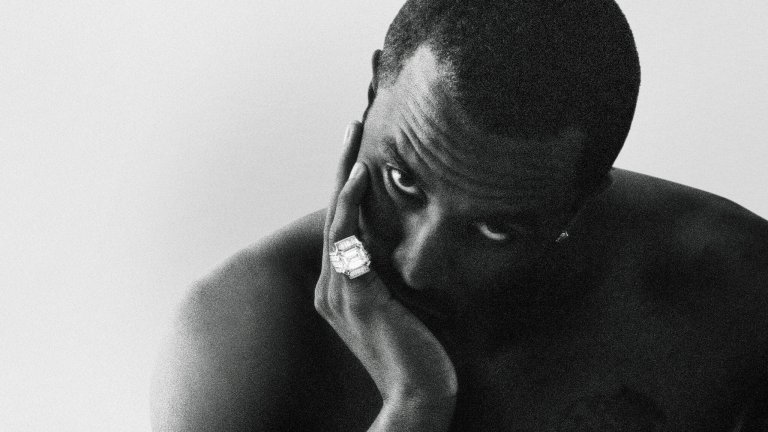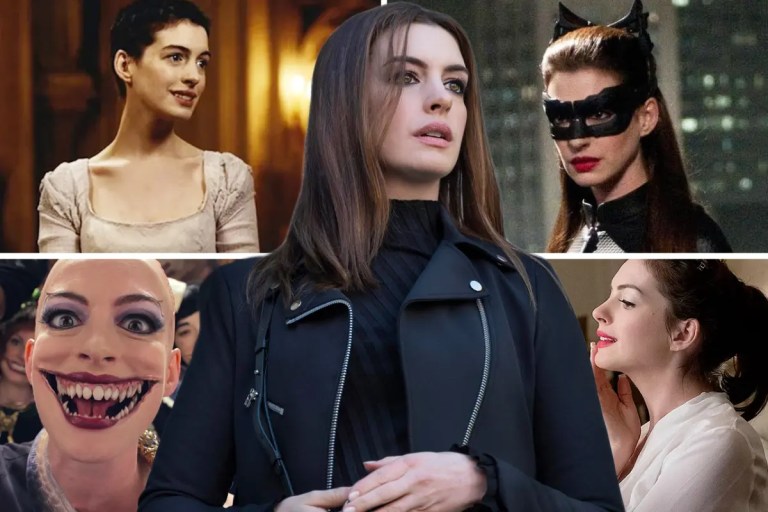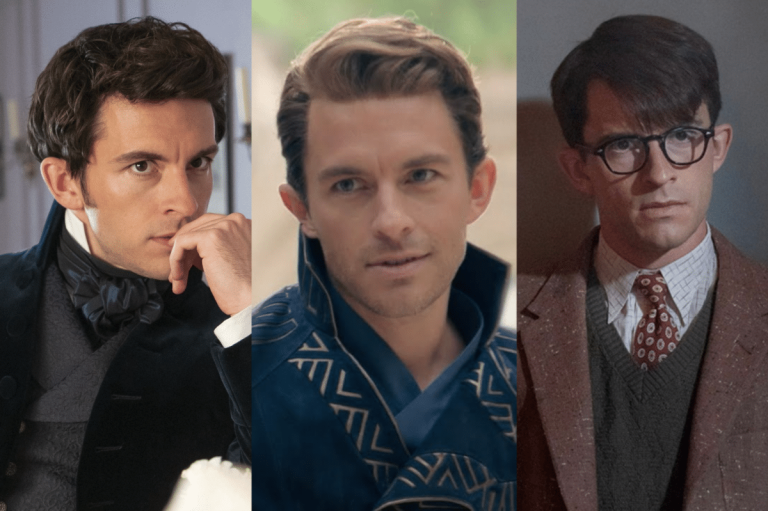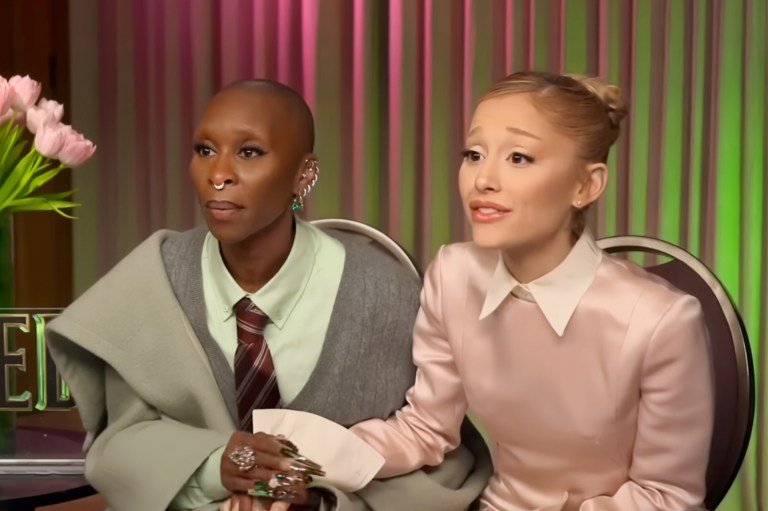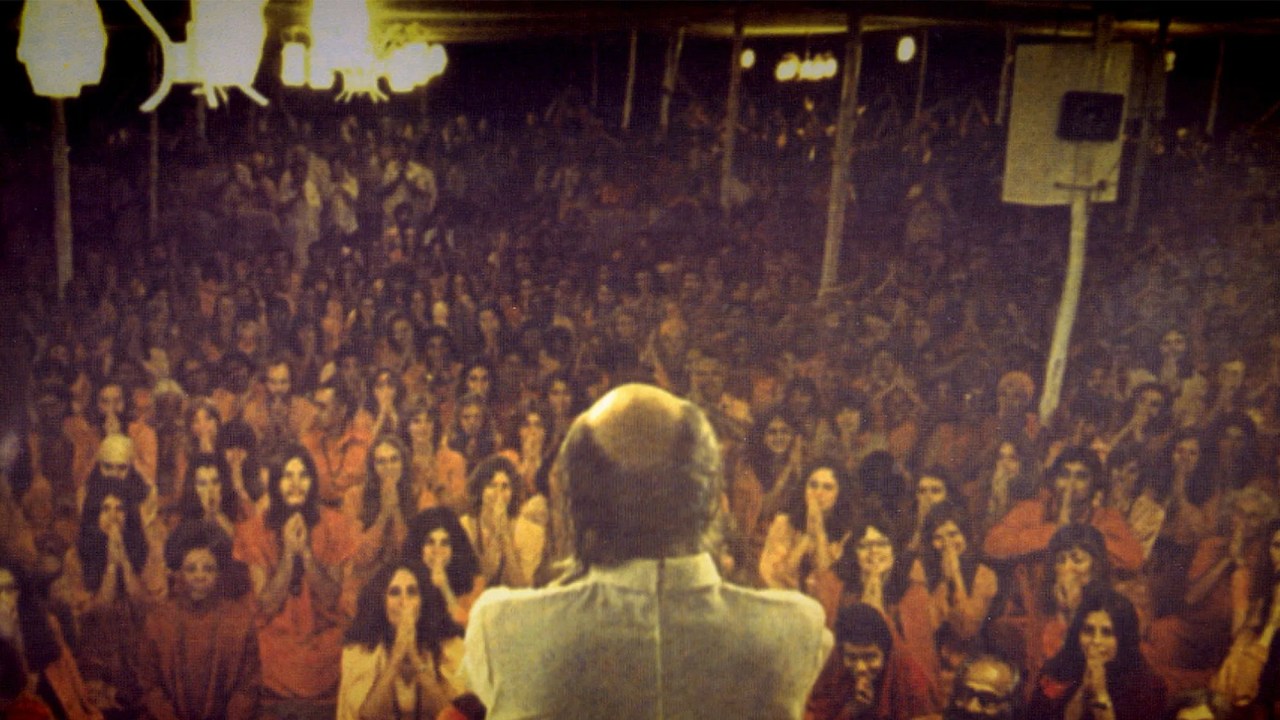
Everyone’s Streaming Netflix’s Creepiest Cult Docu-Series Again (And Just Wait Until You Hear About The MDMA Strawberries)
By Erin Whitten
In 2018, Wild Wild Country popped onto Netflix and to be quite frank, no one had an idea about the insanity we were about to receive. A six-episode docuseries about a decades-old cult in rural Oregon did not exactly jump out at people as a must-see. Well, then I hit play and I was plunged into a bonkers real-life drama that somehow felt like The Twilight Zone come to life. Bhagwan Shree Rajneesh, his Rolls-Royces, his army of red-robed followers, and his outlandish lieutenant Ma Anand Sheela all came blazing back into public awareness. What started as a curiosity of a story became a pop culture phenomenon, part history lesson, part fever dream, and all parts unbelievable.
For many longtime Oregonians, the Rajneeshpuram saga had been local lore for decades, a strange blemish on the state’s history that left a commune, a tiny town named Antelope, and some busted teeth on mystics and farmers alike. For most people, Wild Wild Country was a crash course in insanity. We met John Silvertooth, the former mayor of Antelope, now a mild-mannered mustachioed man in overalls who remembered the day a stranger on the street corner whispered, “They’re coming.” Well? Come they did, in thousands of Rajneeshees armed with utopian idealism, automatic weapons, and apparently MDMA-laced strawberries. From armed militias to salmonella salad bars, no jaw could drop quite enough to keep up with each wild new twist.
The Rajneeshees built a fully functioning city from nothing, with restaurants, buses, police, and even an airstrip. And they ran an industrial-size operation of immigration fraud and biological warfare. Perhaps the most charismatic antihero of all was Sheela, a woman who was both charismatic and terrifying, lobbing insults like grenades at press conferences and secretly bugging rooms and plotting murders behind the scenes. The archival footage of her – grainy VHS clips of those wobbling red robes and blissed-out young faces made it all seem almost dangerously proximate.
What shocked fans almost as much as the story itself was what Wild Wild Country left out. The film barely explained Rajneesh’s philosophy or teachings: the actual spiritual philosophy that had first drawn tens of thousands of people to his movement in the first place. Viewers were left wondering: What did he say? What was it like to follow him? What did day-to-day life in the community actually feel like for the “worker bees” who lived and worked and made it all happen? The Ways chose not to linger on those elements, and whether from restraint or reverence, that decision gave the film its ethereal silence, its whispered, haunting tone. We were left to do the filling-in, and in that absence, Rajneesh’s mystique only multiplied.
By the end of those six episodes, it had captured just a glimpse of the weirdness, the division, the political chaos and blind faith and the pull of charismatic, powerful leaders. Even pop culture couldn’t resist; Mandy Moore threw a Rajneesh-themed bachelorette party and Saturday Night Live spoofed it. For a wild, brief, crazy moment, Oregon’s most infamous commune had become the country’s most binge-worthy obsession. The fact that so much of the story remains unexplored makes it all the more mesmerizing.
